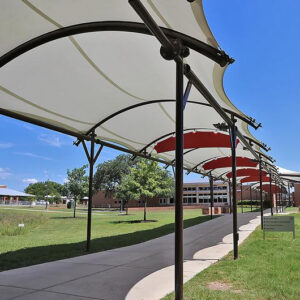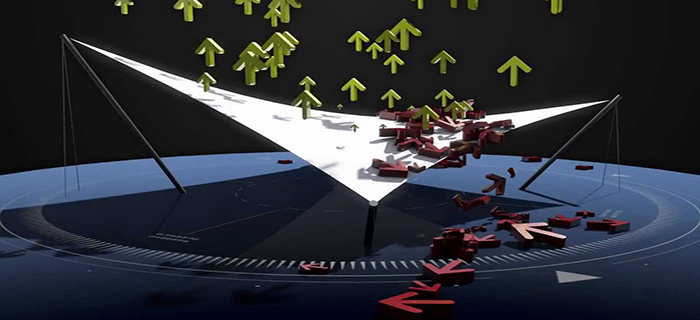.
Tensile Architecture Design
Tensile Architecture Design refers to the design and construction of structures that rely on tension forces to maintain stability, such as tents, cable-stayed bridges, and membrane structures. These structures use materials such as fabric, cables, and steel frames to create a tension-based system that can provide large, clear spans of space with minimal support. Key design considerations include material selection, load analysis, and tension distribution.
Advantages of tensile architecture design include:
- Flexibility: Tensile structures can be designed to be adaptable and flexible to changing needs, such as changes in use or reconfiguration of space.
- Lightweight: Tensile structures are relatively lightweight compared to traditional building materials, making them ideal for use in areas where ground conditions or weight restrictions are a concern.
- Large Clear Span: Tensile structures can span large distances with minimal support, providing ample open space.
- Cost-effective: Compared to traditional building materials and methods, tensile architecture can often be more cost-effective.
- Aesthetics: Tensile structures can create visually appealing and distinctive architectural features.
- Sustainability: Many tensile materials, such as fabric, are recyclable, and tensile structures can often be designed to minimize waste and environmental impact.







